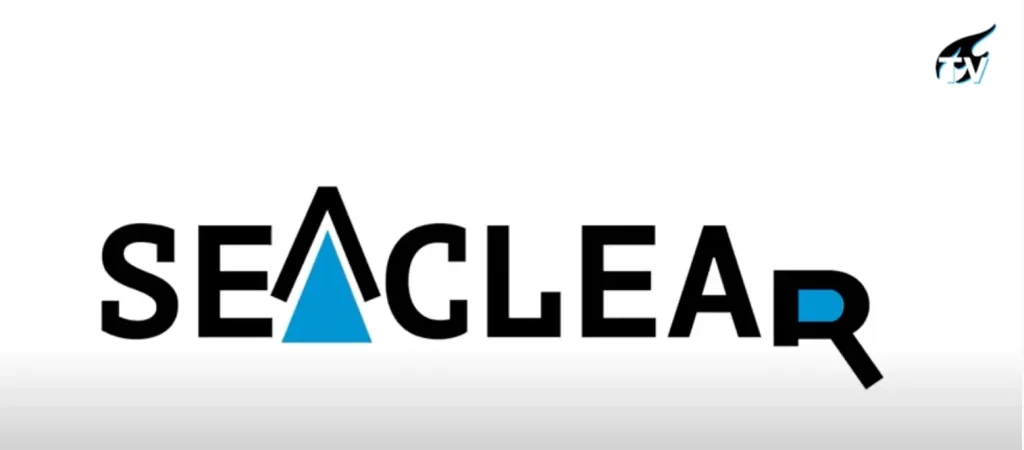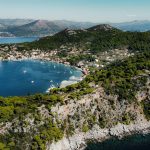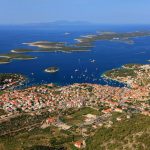Every year on June 8, the United Nations celebrates World Ocean Day, in which many countries join them, including Croatia. European projects also contribute to conservation, including the SeaClear project in the Dubrovnik-Neretva County, implemented by the DUNEA Regional Agency and the University of Dubrovnik, as the only Croatian project partners.
Metković News reports, marine litter is currently one of the biggest global problems because, apart from the environmental negative impact, it poses a huge risk to human health in general, with huge economic consequences. Today, there are more than sixty million tons of waste in the world’s oceans, of which approximately more than ninety percent are on the seabed.
The system, unique in the world, which will be developed through the SeaClear project, explained Professor Bart De Schutter from the Center for Systems and Control of the Technical University of Delft, which is also the project holder. “Currently divers clean this waste from the seabed, especially in tourist areas. However, this is an expensive solution and can sometimes pose a danger to divers”, explains De Schutter.
“The SeaClear system works as follows; we have a surface vessel and two underwater robots. A slightly smaller robot is an observation robot. It scans the seabed with a camera and sonar. This robot maps where the waste is and what kind of waste it is. The robot can also distinguish waste fractions from living things, such as fish and seaweed. To accurately distinguish between animate and inanimate worlds, advanced algorithms are used. After the observation robot recognizes the waste, it sends this data to another underwater robot equipped with a gripper. This robot goes to the identified waste fraction, picks it up with a grapple, and puts it in a large basket. The handle is designed with a special safety structure, so the fish can easily escape if it is accidentally picked up”, explains De Schutter.
https://www.youtube.com/watch?v=v=N_quGmniwFA
“The gripper was the most difficult hardware component to develop, but even that is now ready. Researchers at the Technical University of Munich have constructed a prototype, so now we can really start testing the whole system,” says De Schutter. These features will be displayed in three pilot areas where an autonomous robot system will be installed: one system to clean the port in the port of Hamburg with the end-user of the Hamburg Port Authority (Germany), the second in the tourist area of Dubrovnik, near the island of Lokrum and the third on the area of Mali Ston Bay which is an area from the mariculture sector. The first tests are planned for September in the pilot areas of Dubrovnik-Neretva County, and various components of the system will be tested in real conditions.
The SeaClear project, full title “Search, Identification, and Collection of Marine Litter with Autonomous Robot,” aims to develop autonomous robots for cleaning waste from the seabed and is funded in one hundred percent by HORIZON 2020. The project provided more than six million for the area of Dubrovnik-Neretva County, and the Regional Agency DUNEA and the University of Dubrovnik are the only Croatian partners.
For more, follow our news section.










